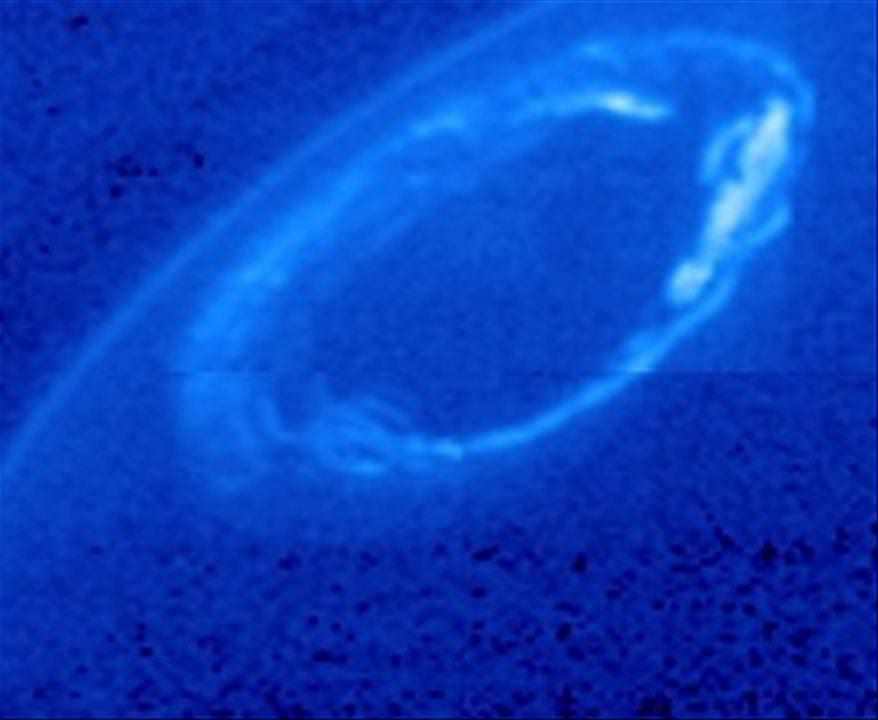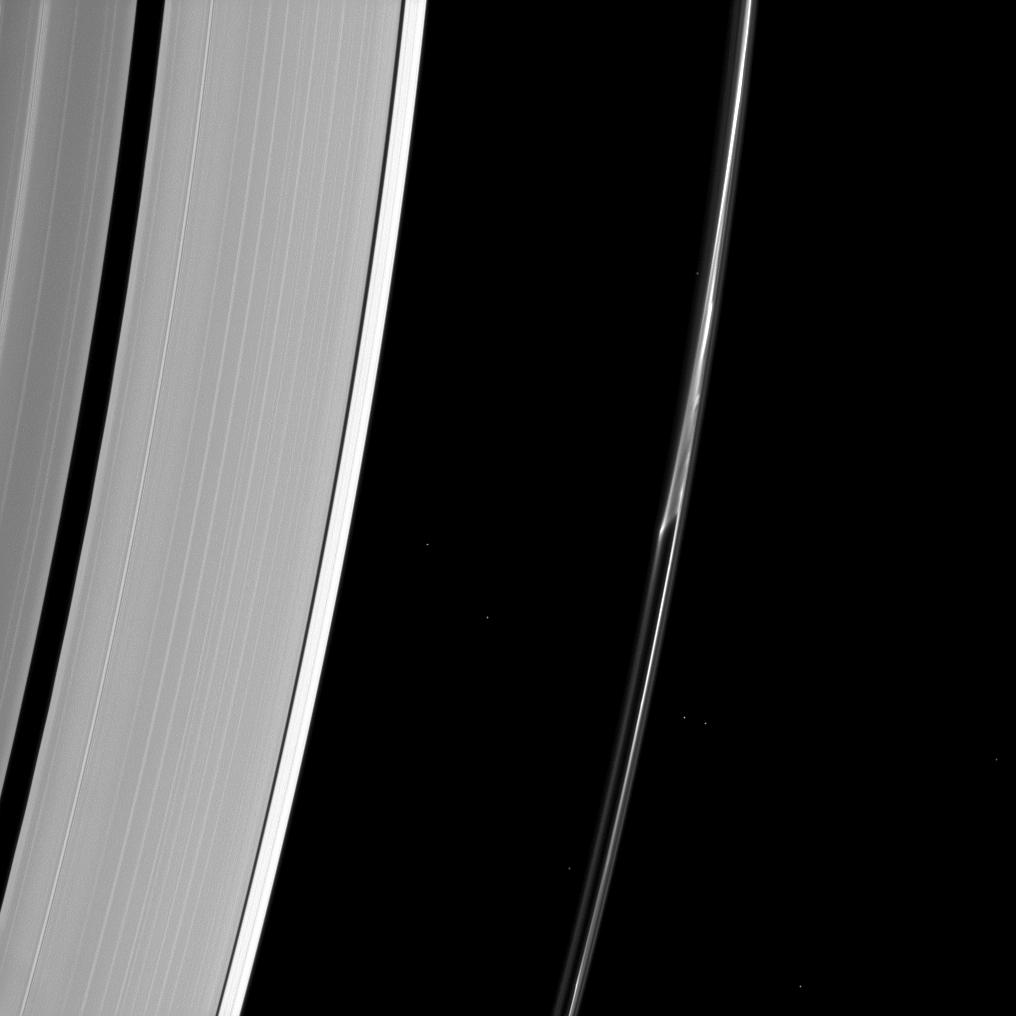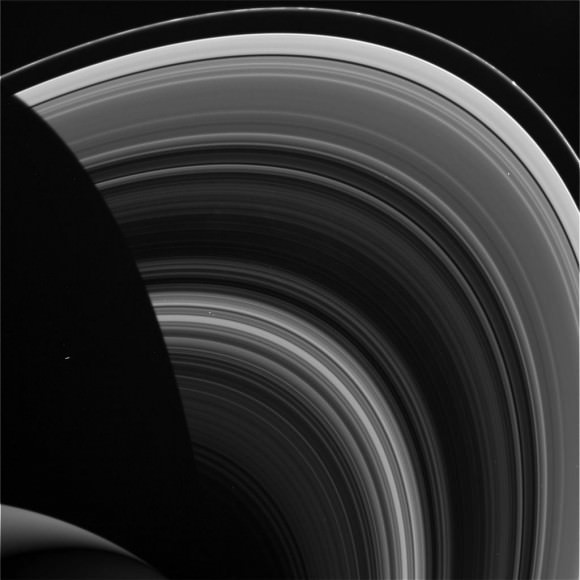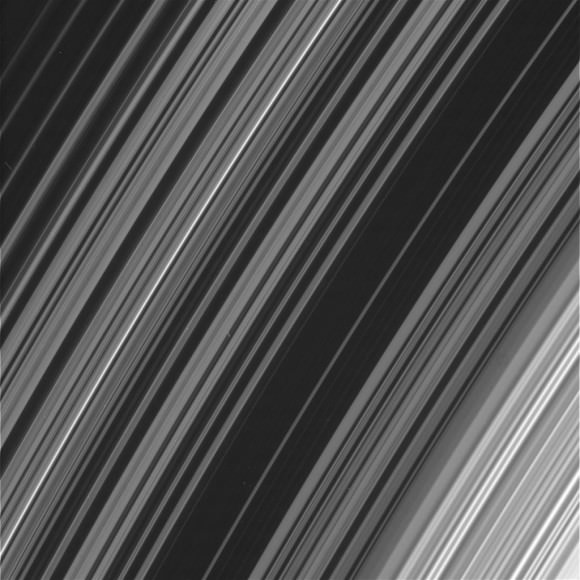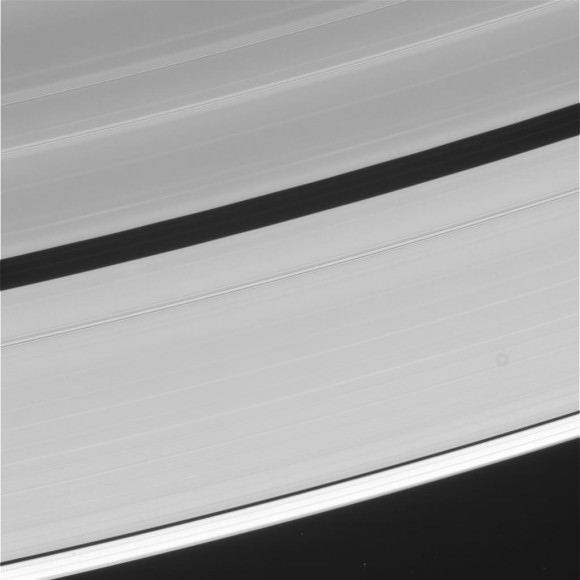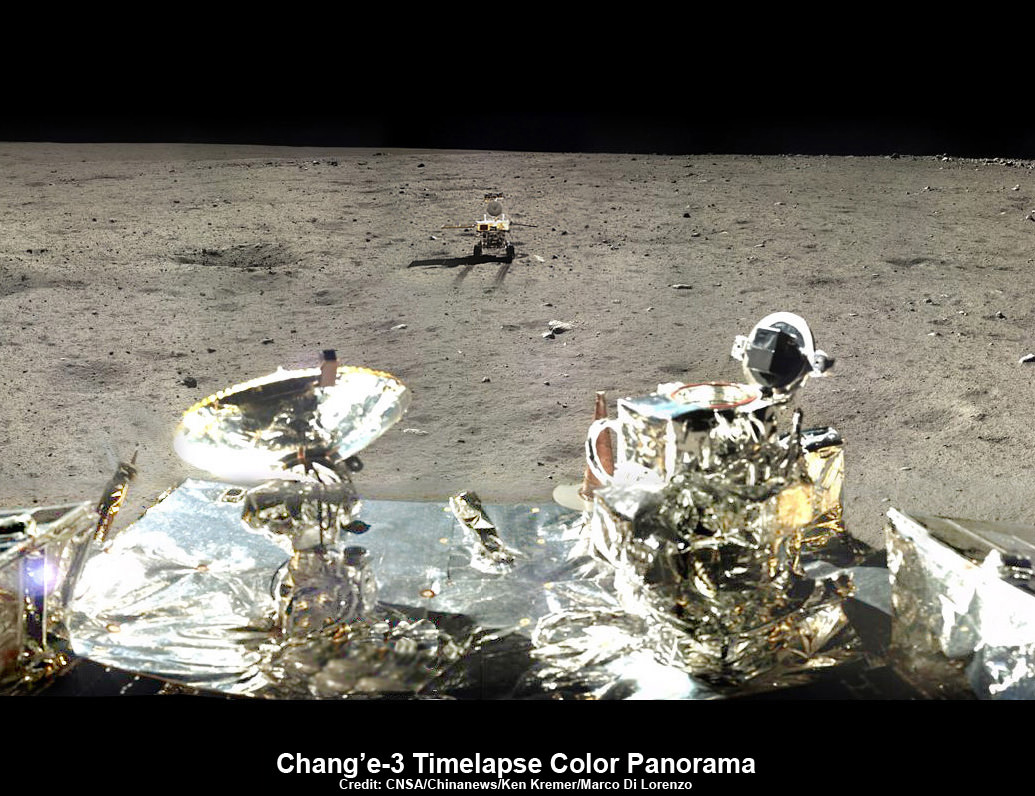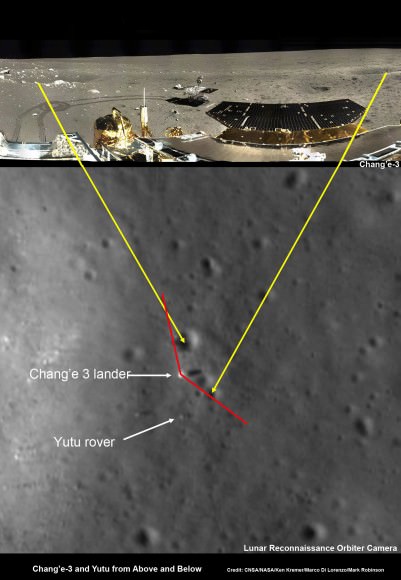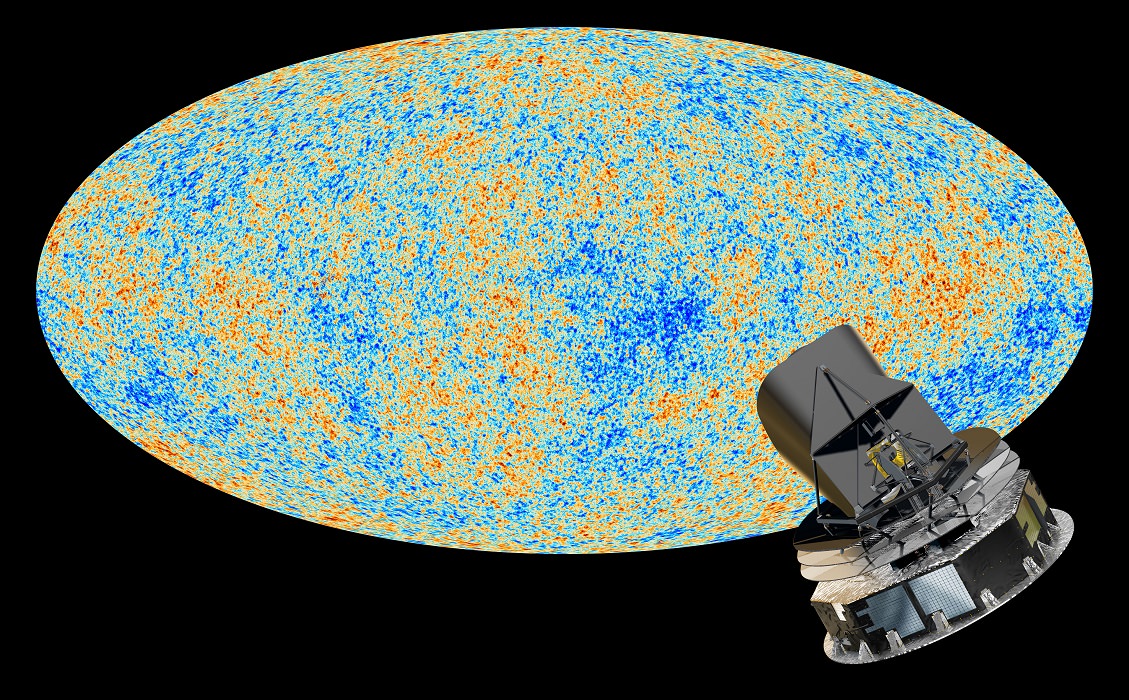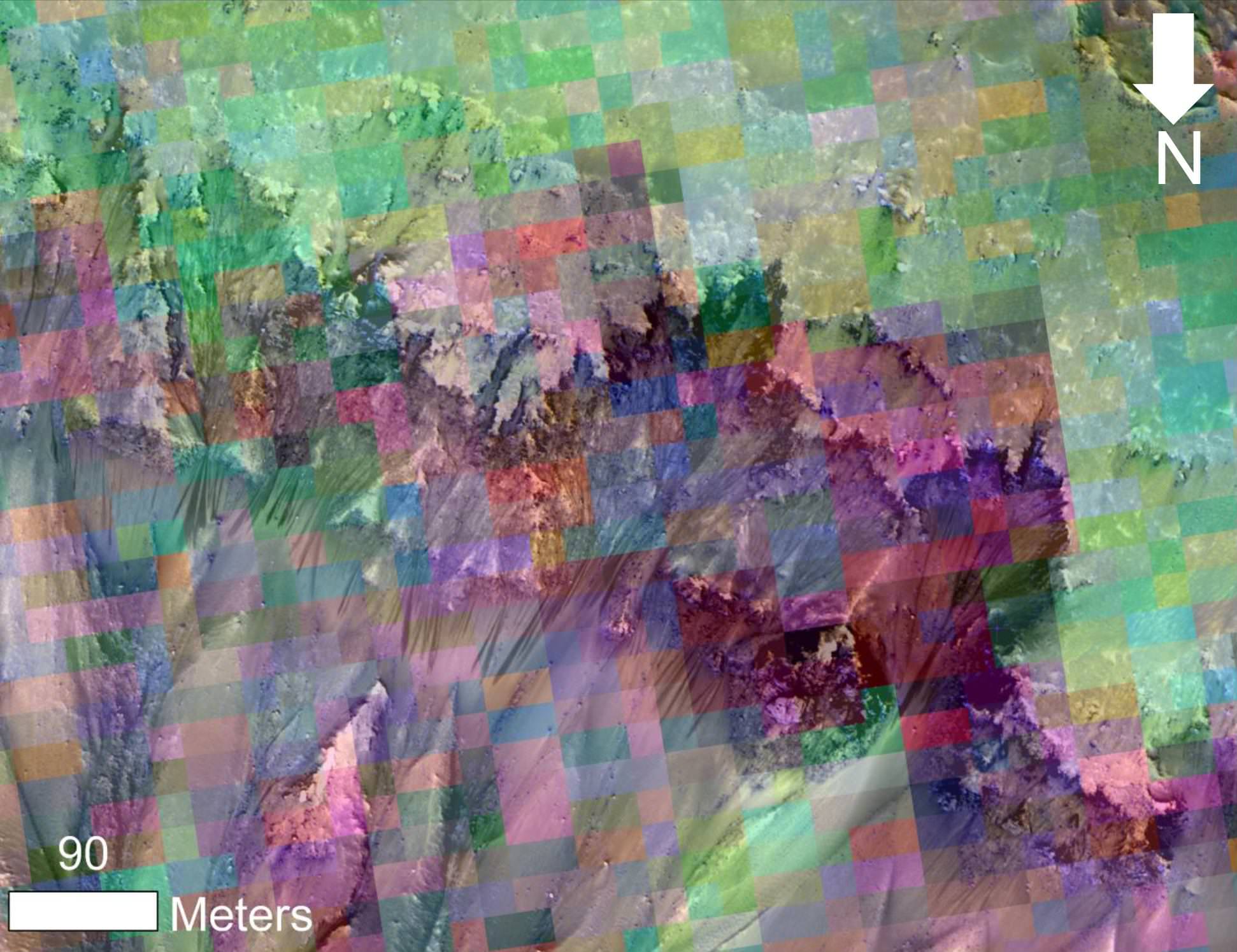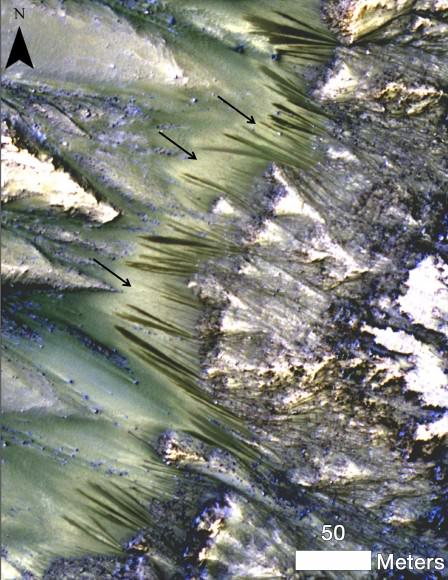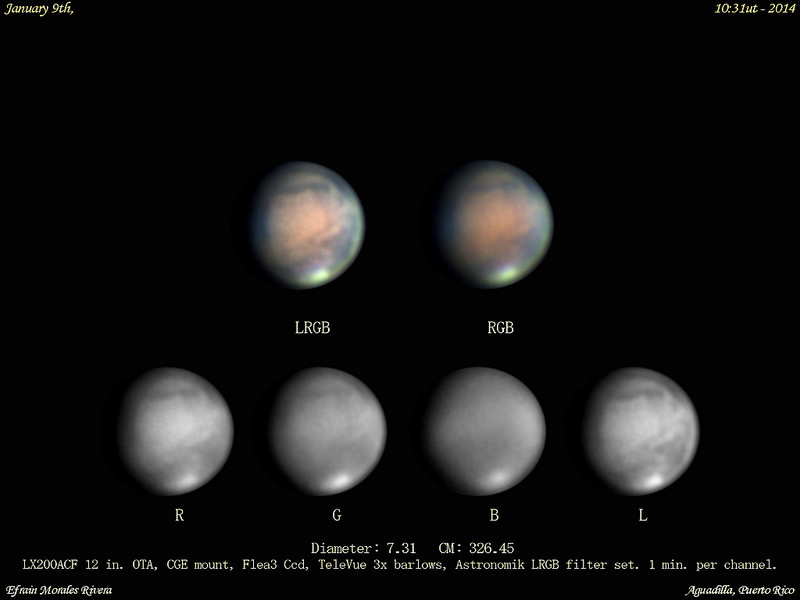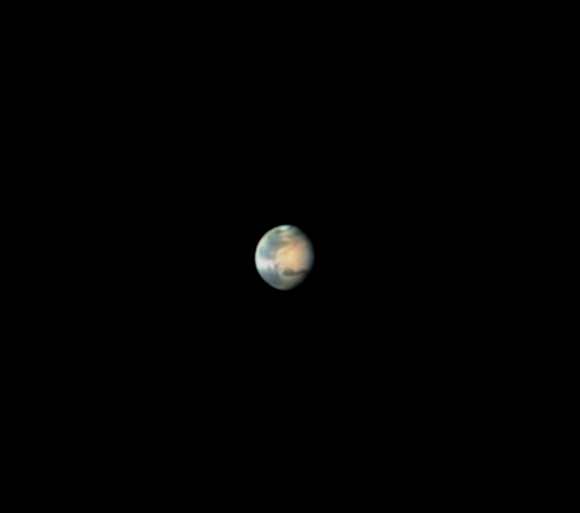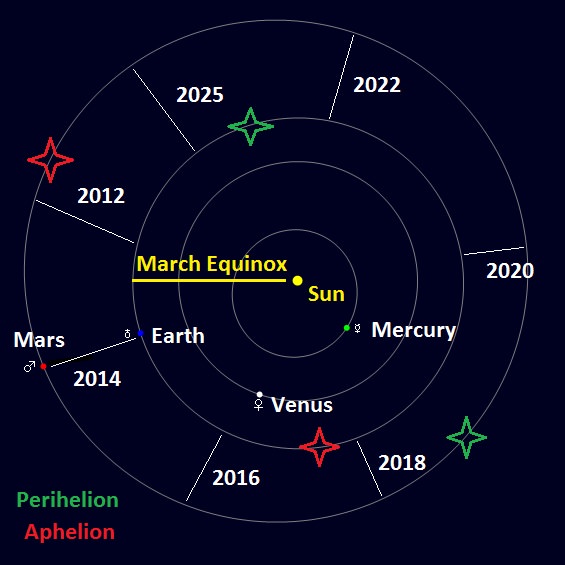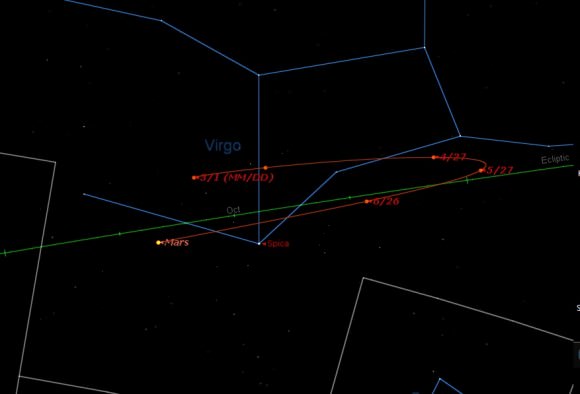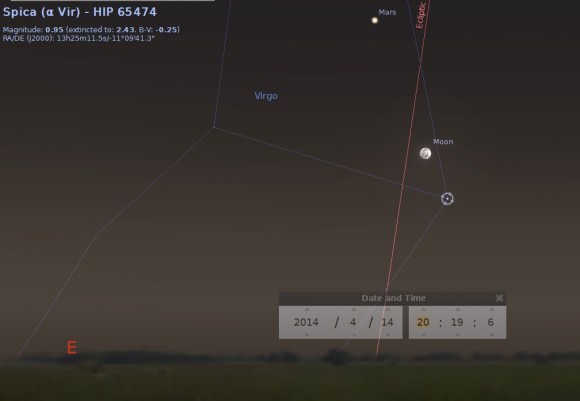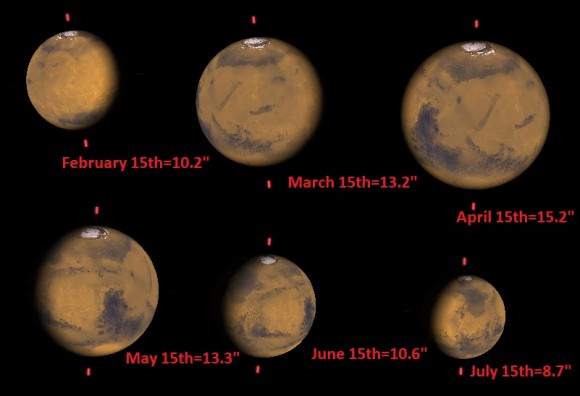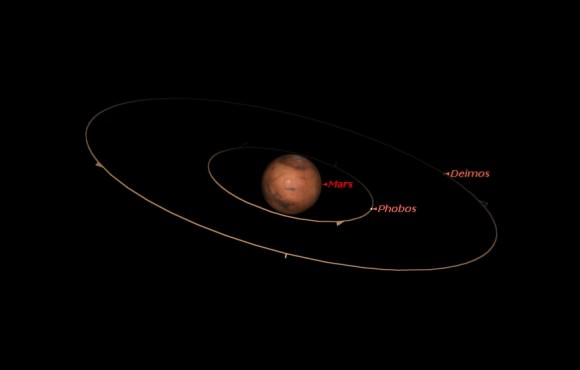Above is the latest rave-like video from NASA. While the images are reminiscent of what could play during an awesome Friday night party, what you’re actually seeing is a timelapse of auroras on Saturn. These pictures are pretty to look at, but they also tell us more about how the sun’s belches of stuff influence the magnetic field around the ringed gas giant.
“Saturn’s auroras can be fickle — you may see fireworks, you may see nothing,” stated Jonathan Nichols of the University of Leicester in England, who led the work on the Hubble Space Telescope images shown in the video. “In 2013, we were treated to a veritable smorgasbord of dancing auroras, from steadily shining rings to super-fast bursts of light shooting across the pole.”
The light show was captured by both the Saturn-orbiting Cassini spacecraft and the Earth-orbiting Hubble. Cassini managed to nab its images from three Saturn distances away (which is apparently an unusually close vantage point.) This location “provided a look at the changing patterns of faint emissions on scales of a few hundred miles (kilometers) and tied the changes in the auroras to the fluctuating wind of charged particles blowing off the sun and flowing past Saturn,” NASA stated.
Here are a few things scientists are learning (or hoping to learn soon) from the light show:
- How auroras are formed. The Cassini images suggest that as magnetic field lines forge new links, this is where the storms are centered. This process happens on Earth, so it would make sense for it to happen elsewhere. Researchers also found that some of the auroras stick close to the orbital position of Mimas, suggesting that the moon may be influencing some of the storms (a process already known to happen with Enceladus).
- The nature of Saturn’s atmosphere. While the answers are still forthcoming, scientists are examining why the top of Saturn’s atmosphere (and other gas giants) are warmer than would be expected given how far they are from the sun. “By looking at these long sequences of images taken by different instruments, we can discover where the aurora heats the atmosphere as the particles dive into it and how long the cooking occurs,” stated Sarah Badman, a Cassini visual and infrared mapping spectrometer team associate at Lancaster University, England.
- What color the auroras are. Red on the bottom, and purple on the top, depending on how Saturn’s hydrogen is excited and what light it emits. (For reference, Earth’s is green on bottom and red at top due to excitement of nitrogen and oxygen).
- Where charged particles around Saturn go. More data from the W.M. Keck Observatory and NASA’s Infrared Telescope Facility (both in Hawaii) could show “how particles are ionized in Saturn’s upper atmosphere,” NASA stated. Better yet, scientists can compare that information to the stuff gathered from outside of Earth’s atmosphere by Hubble and Cassini. This will allow them to see what distortions the ground-based observatories experienced due to Earth’s atmosphere, and improve the accuracy of the observations.
Not bad work for a single music video, isn’t it? For more information on auroras on Saturn, check out these past Universe Today stories:
- Cassini Flies Through Saturn’s Aurora
- Cassini Finds New Mysterious Infrared Aurora
- Now Watch This: Saturn Aurora Movie
- How Saturn’s Magnetic Activity Could Help us Pinpoint Time on the Ringed Planet
- Saturn’s Mysterious Auroras Explained
- Saturn’s “Dualing” Aurorae
Source: NASA Jet Propulsion Laboratory

